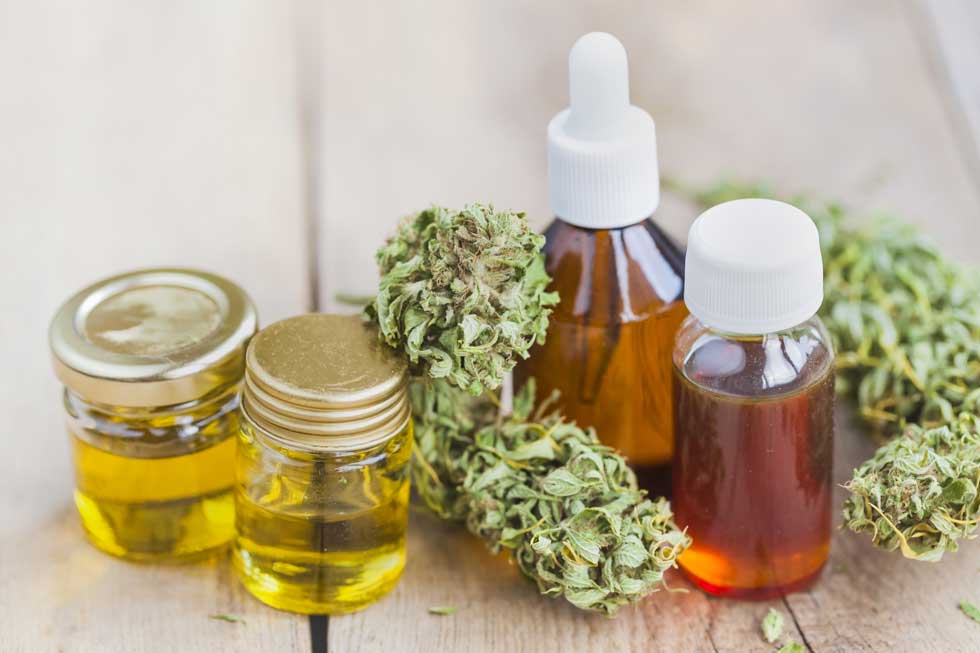As the legal cannabis industry emerges, information is becoming more readily available about a once taboo topic. Precise potency and concentrations of various cannabinoids were once a mystery to consumers of marijuana. Now many Americans have the ability to purchase lab tested cannabis with this information clearly printed on the label. THC and CBD are the most prevalent components of cannabis. While structurally similar, these compounds produce profoundly different effects on the user. They can be used independently or synergistically in various ratios. Those looking to try cannabis, THC, or CBD will be interested to know some of the cannabinoid’s characteristics and common usages.
HEMP VERSUS MARIJUANA
Both hemp and marijuana are cannabis plants. The major difference between the two is the level of THC in the plant. Marijuana is female cannabis plants that have been bred through the ages to produce high levels of the mind altering compound: THC. Prohibition has accelerated this process by boosting THC levels of cannabis from the 1970’s premium Thai Stick 8% THC to today’s medical quality buds boasting 30% THC content. Hemp can contain only .03% THC or less.
CBD IS NATURALLY OCCURING IN HEMP & MARIJUANA
CBD is also naturally occurring in both hemp and marijuana. Because it is found in high levels in commercial hemp (which is legal in all 50 states) CBD products derived from hemp are legal through-out the United States (with some debate). While CBD is not psychoactive and cannot make a user high, it does interact with THC to create an arguably better experience. CBD serves to block the same receptors that THC binds itself to. In doing so it allows user to tolerate high THC doses without experiencing harsh side effects.
CBD and THC EFFECT ON THE BRAIN
CBD and THC both effect the brain’s endocannabinoid system. This is the part of the brain’s central nervous system that control memory, motivation, pain and more. CBD and THC mimic the brains natural endocannabinoids. THC mimics the the neurotransmitter ‘andamide’ which is responsible for ‘runners high’ . CBD works mostly to mitigate and modulate the brain’s natural endocannabinoids and added ones like THC. In doing so, it can reduce anxiety, help with pain, and an array of other applications without causing intoxication. Combining THC and CBD and finding the right ratio between the two is the goal of medical marijuana patients to find relief to their aliments while having some ability to function.
CBD is also used independently of THC. Many users treat pain, seizures, sleeping disorders, and more with CBD. Though CBD comes from cannabis and is present in marijuana, users of CBD may not be users of marijuana or wish to get high at all. CBD often is used as an herbal remedy – and even endorsed by Oprah. CBD will not cause a user to fail a drug test for marijuana. These test for only for the level of THC, the intoxicating cannabinoid in one’s urine, blood, saliva, or hair. Be wary when buying – some CBD products contain trace amounts of THC especially those found at medical marijuana dispensaries and recreational marijuana retailers.
